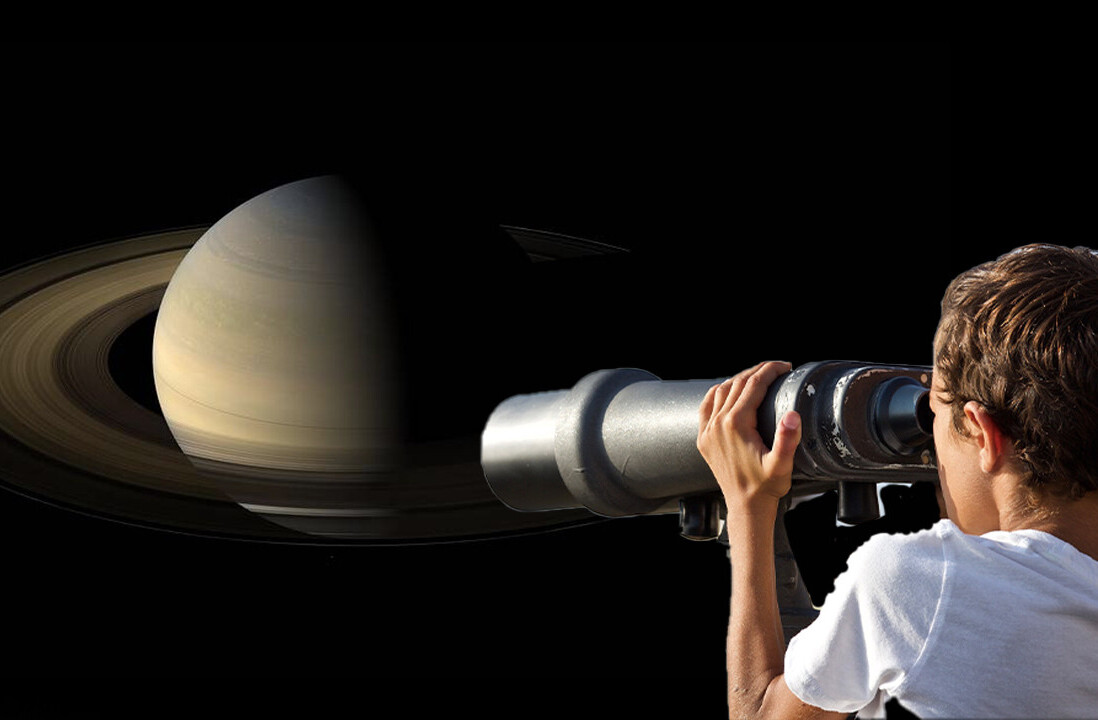Deep in the dark, frigid expanse of the outer solar system, Farfarout slowly orbits the distant Sun, taking 1,000 years to complete each lonely orbit. First discovered in 1997 by astronomers at the Subaru eight-meter telescope on Maunakea in Hawaii, details of this frozen world are just now being revealed.
Astronomers Scott Sheppard of the Carnegie Institution for Science, David Tholen from the University of Hawaii, and Chad Trujillo from Northern Arizona University have measured just how far out Farfarout is — about 132 astronomical units (AUs) from the Sun. (One AU is the distance between the Earth and Sun- about 150 million km or 93 million miles).
The trio of astronomers has been searching the region of the Solar System beyond Pluto since 2012, looking for other planetary bodies that may float in the frozen expanse. This intrepid team of planetary explorers also found the previous record-holder, FarOut, traveling around the Sun 124 AUs from the center of our solar system. By comparison, Pluto, once considered the ninth planet, orbits about 40 AUs from the Sun.
[Read: ]
Crossing paths with Neptune — like Aquaman
“The mariner of old said to Neptune in a great tempest, ‘O God! thou mayest save me if thou wilt, and if thou wilt thou mayest destroy me; but whether or no, I will steer my rudder true.’” — Michel De Montaigne
Every 10 centuries, Farfarout completes another orbit of the Sun, while crossing the orbit of Neptune several times. These close encounters would likely result in occasional interactions between Farfarout and Neptune. Astronomers believe these close encounters might explain the highly-elliptical orbit of this distant world. Farfarout comes as close as 27 AUs from the Sun, and travels out as far as 175 times as far from the Sun as the Earth.
“Farfarout was likely thrown into the outer Solar System by getting too close to Neptune in the distant past. Farfarout will likely interact with Neptune again in the future since their orbits still intersect,” Trujillo said.
The long, slow orbit presents challenges for astronomers seeking to understand its orbit.
“A single orbit of Farfarout around the Sun takes a millennium. Because of this long orbital, it moves very slowly across the sky, requiring several years of observations to precisely determine its trajectory,” Tholen stated.
Observations suggest Farfarout is roughly 400 km (250 miles) across, just on the boundary of being classified as a dwarf planet.
In the video below, an examination of how astronomers search for an unseen planet at the edge of our Solar System. (Video credit: Nova PBS Official)
Unexplained movements in the orbits of bodies at the edge of the Solar System may be explained if an unseen planet several times larger than Earth — a Planet Nine — orbits at the edge of the Solar System. Astronomers search these distant objects for clues to the location of the unseen planet.
“Only with the advancements in the last few years of large digital cameras on very large telescopes has it been possible to efficiently discover very distant objects like Farfarout… Farfarout is just the tip of the iceberg of solar system objects in the very distant solar system.” Sheppard states.
This trio will continue to explore the outer reaches of the solar system, searching for Planet X — a so-far-unseen world that could still lie hidden in the lonesome darkness.
This article was originally published on The Cosmic Companion by James Maynard, founder and publisher of The Cosmic Companion. He is a New England native turned desert rat in Tucson, where he lives with his lovely wife, Nicole, and Max the Cat. You can read this original piece here.
Astronomy News with The Cosmic Companion is also available as a weekly podcast, carried on all major podcast providers. Tune in every Tuesday for updates on the latest astronomy news, and interviews with astronomers and other researchers working to uncover the nature of the Universe.
Get the TNW newsletter
Get the most important tech news in your inbox each week.





